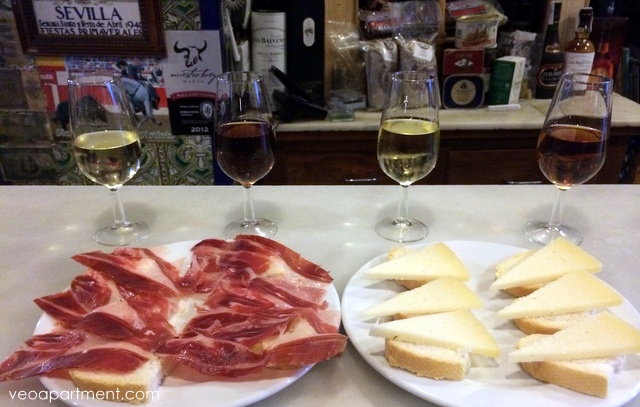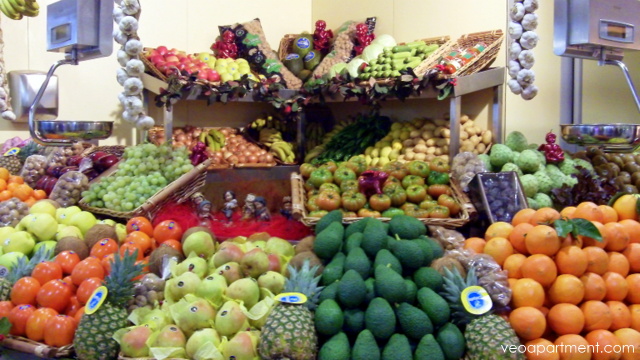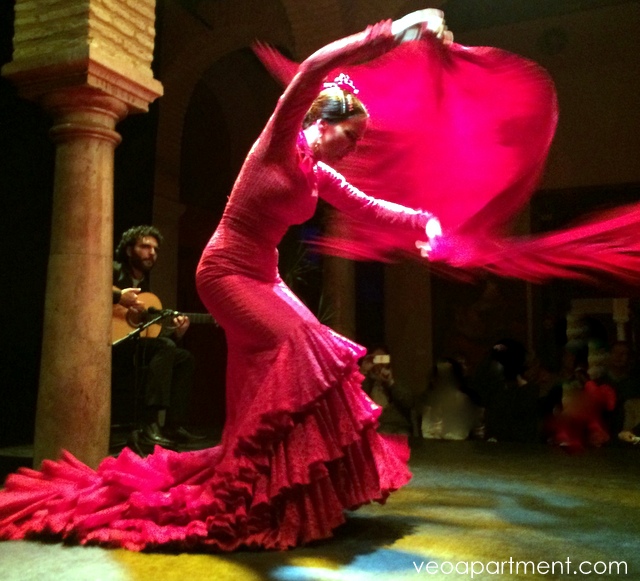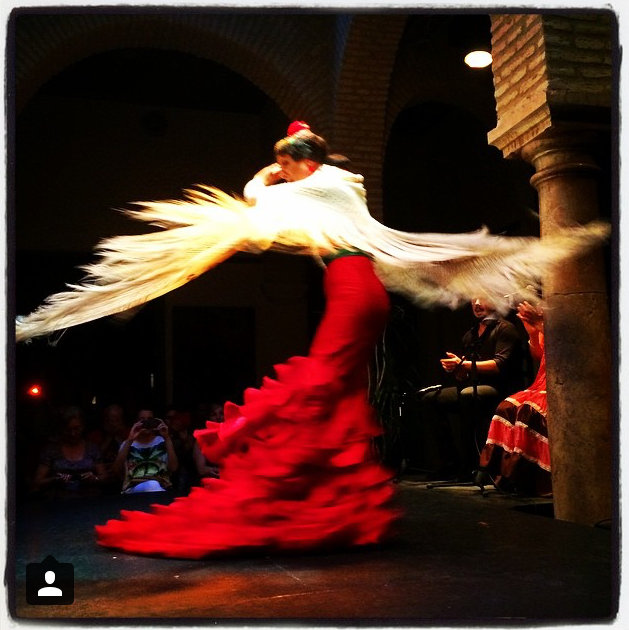
Although everybody’s heard of flamenco, and many visitors to Seville and other parts of Andalucía (the southern region of Spain) arrive with the intention of “seeing some flamenco”, this music and dance art form is surprisingly little known in practice, and most people’s first experience of a real flamenco performance comes as something of a revelation. Both the passion and intensity of the rhythms, and the level of technical skill required by the performers, sweep people off their feet.

So what exactly is flamenco? Flamenco is the traditional performance art of southern Spain (declared a “Masterpiece of the Oral and Intangible Heritage of Humanity” by Unesco in 2010) that encompasses singing, dancing and guitar playing, together with handclapping and finger snapping (and castanets). The name may derive from Arabic fellah mengu, “expelled peasant”, referring to former Moslems in the 16th-17th centuries, or possibly from the name of the bird flamingo, which came to be used to mean flamboyant behaviour generally. The earliest use of the term flamenco referring to music and dance dates from 1774, though there are earlier references to the distinctive dancing of the ethnic Gypsies.
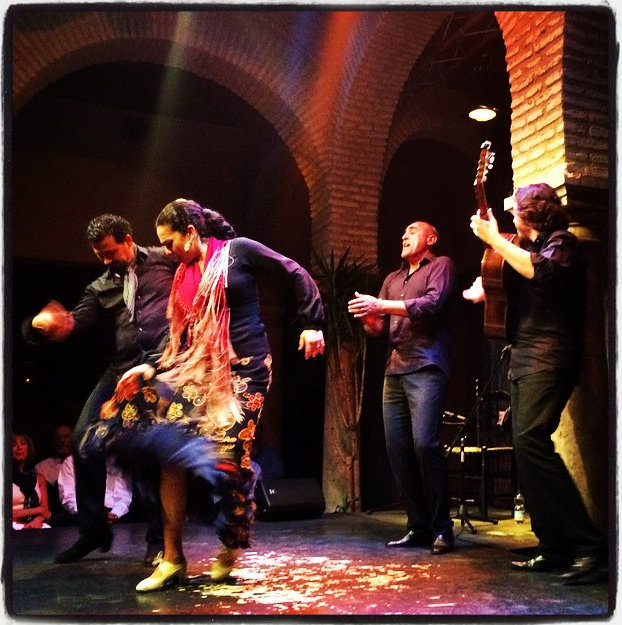 Although records of the origins of flamenco are sparse, the similarity of the arm movements of modern flamenco to those of the folk-dancing of Northern India, the original homeland of the Gypsies before their medieval migrations across Europe, and the flamenco cante, or song, often has an Arabic feel to it, especially in the more tragic or solemn styles. The flamenco guitar is similar to classical guitar, but with adaptations that allow a more percussive style when required, and is characterised by very rapid plucking.
Although records of the origins of flamenco are sparse, the similarity of the arm movements of modern flamenco to those of the folk-dancing of Northern India, the original homeland of the Gypsies before their medieval migrations across Europe, and the flamenco cante, or song, often has an Arabic feel to it, especially in the more tragic or solemn styles. The flamenco guitar is similar to classical guitar, but with adaptations that allow a more percussive style when required, and is characterised by very rapid plucking.
The kind of flamenco you will probably see if you go to a show is called a tablao, literally a board, and refers to the stage on which it is performed, which is designed to accentuate the sound of the dancers’ footwork. Such a show will usually feature at least two dancers, a man and a woman, dancing different styles known as palos, a singer and a guitarist. Although the audiences are mostly tourists, Seville has a number of venues that provide quality performances by professional flamenco artistes. My favourite is the Flamenco Dance Museum, but La Casa de la Memoria, La Casa de la Guitarra, La Casa del Flamenco and the Auditorio Alvarez Quintero are all excellent.
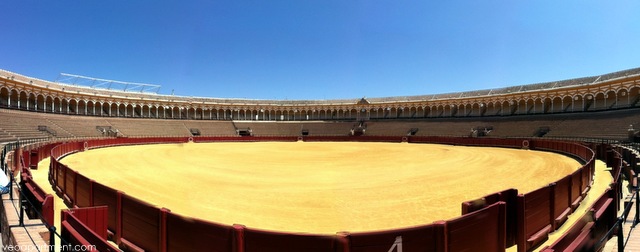 inside the Maestranza bullring
inside the Maestranza bullring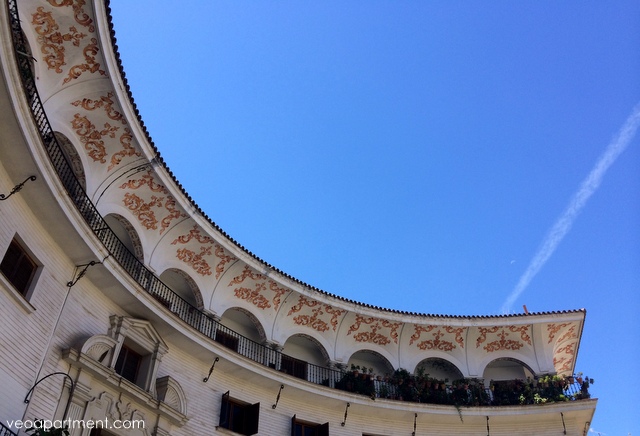 Plaza del Cabildo
Plaza del Cabildo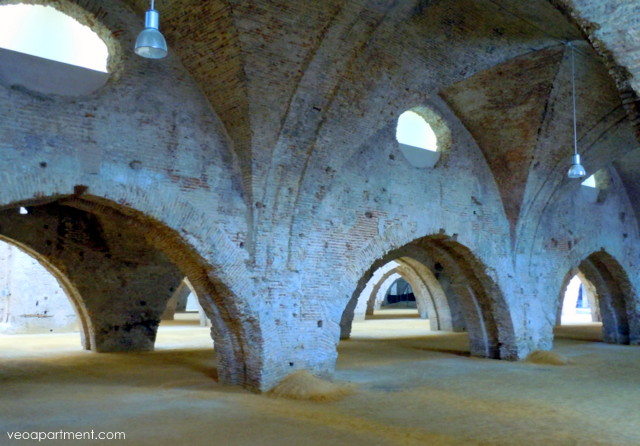 the Atarazanas
the Atarazanas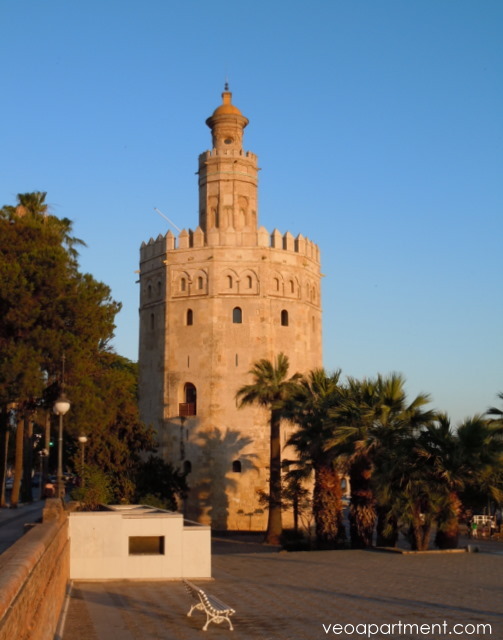
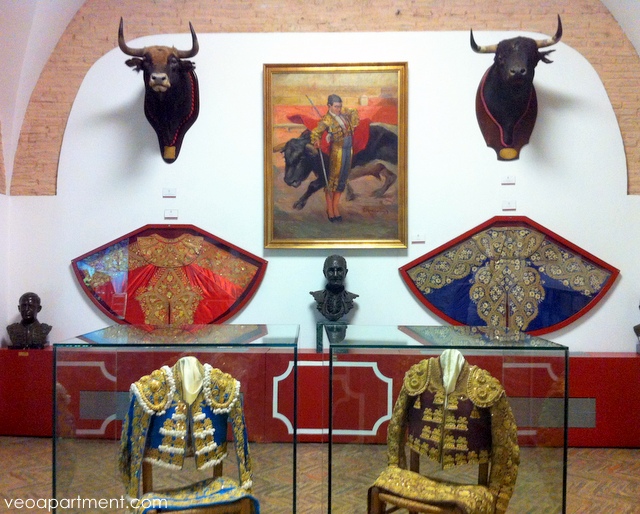 Bullring Museum
Bullring Museum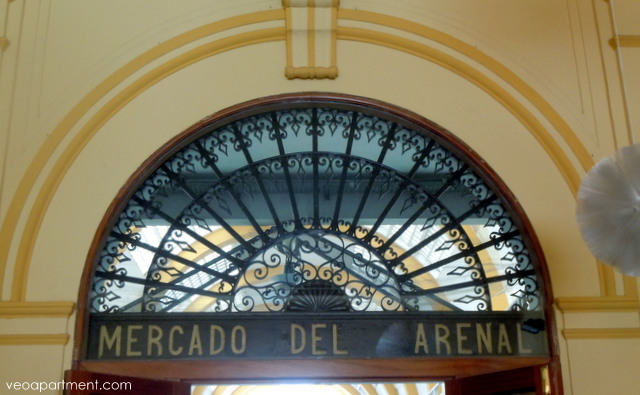 Entrance to the Arenal Market
Entrance to the Arenal Market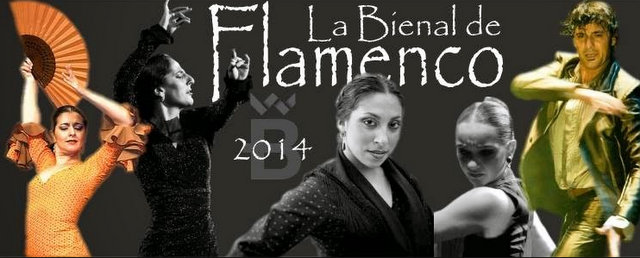 photo courtesy of the Bienal de Flamenco website
photo courtesy of the Bienal de Flamenco website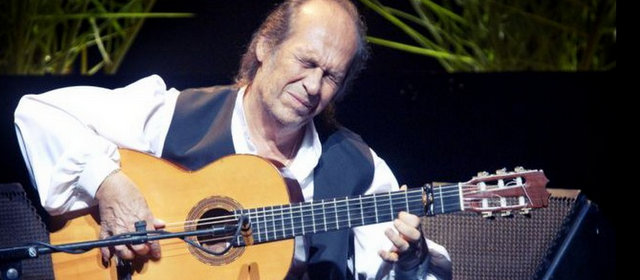 Paco de Lucía – photo courtesy of the Bienal de Flamenco website
Paco de Lucía – photo courtesy of the Bienal de Flamenco website